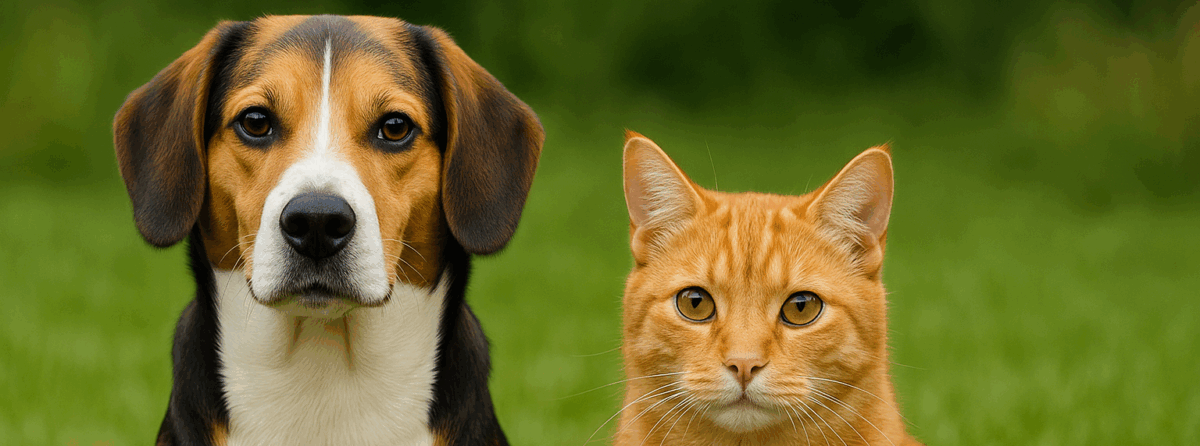Quick outline:
- Why I picked a Bengal
- The price I paid and the first week costs
- Monthly bills (food, litter, insurance, play gear)
- Sneaky surprise costs
- Big toys I said I wouldn’t buy… then did
- Year two and beyond
- A simple cheat sheet with numbers
- Was it worth it?
Why a Bengal, anyway?
I wanted a cat with dog energy. Big mistake? Maybe. But also the best choice. Bengals are smart, loud, and fast (here’s a full breed profile). They want to be part of your day. All of it. Mine, a brown rosette boy named Ziggy, loves water and will steal my socks like he paid for them.
I also heard they’re “hypoallergenic.” Some folks say that. For me, my spring allergies didn’t vanish. They were just… kinder. Your nose may disagree.
The sticker price: what I paid
I called three breeders around Dallas. Pet-quality Bengals ran $1,200 to $2,500. Show lines cost even more. I paid $1,600 for Ziggy. He came with shots, a health record, and a two-year genetic health guarantee. He wasn’t cheap. But he was healthy and well socialized.
I also checked a rescue in Austin. Their Bengal mixes were $200 to $400, often already fixed and chipped. If cost is tight, rescue is real. I almost went that way.
For a broader look at typical vet, vaccination, and grooming fees across the country, I leaned on this pet care cost guide when mapping out my budget.
For yet another perspective on what a different Bengal owner shelled out from day one, you can read this first-hand cost breakdown.
The first week hits your wallet
This part surprised me. I thought the cat itself was the big bill. Not quite.
Here’s what I bought in week one:
- Carrier: $55 (hard shell; he’s a bolter)
- Litter box + scoop + mat: $38
- Clumping litter (2 big boxes): $30
- Food (high-protein wet and dry): $65
- Stainless bowls: $18
- Water fountain: $32 (he drinks more with it)
- Cat tree: $149 (tall, stable—he climbs like a tiny parkour guy)
- Toys: $25 (wand, springs, crinkle tunnels)
- Enzyme cleaner: $14 (trust me, just buy it)
- Microchip: $40 (my vet did it)
- First vet visit: $92 (exam + stool test)
- Pet deposit at my apartment: $300 one-time, plus $25 per month
All in, that first week ran about $1,858 with the cat. Without the cat price, it was around $258 plus the apartment fee.
The monthly burn rate
I keep receipts. Kind of nerdy. It helps. If you’re still weighing costs, the PDSA has a handy overview of what goes into caring for a Bengal cat over its lifetime (see their guide).
- Food: $45 to $70 per month. Bengals burn energy. Ziggy does better on high-protein wet food at night and a measured dry mix in the morning.
- Litter: $15 to $25 per month. Clumping clay or corn blends. I scoop twice a day. It saves me money on smell control and fewer full changes.
- Pet insurance: $38 per month for Ziggy. 80% reimbursement, $500 deductible. I checked three companies and picked the one with faster claims.
- Flea/tick and heartworm: $12 to $18 per month, depending on season.
- Toys/replacements: $10 to $20 per month. He breaks wand toys like it’s a sport.
Need help figuring out exact wet-food portions? I found the advice in this portion-planning guide super practical.
Total monthly for me: about $120 to $170, not counting rent’s pet fee.
Before you ever swipe your card for a Bengal—or any other “big joy” purchase—it helps to sketch out where that new expense fits in your overall life budget. The budgeting walkthrough at PlanSexe shows you, step-by-step, how to fold recurring costs like food, vet bills, and even pet insurance into a realistic monthly plan so surprise expenses hurt less and fun money sticks around.
The quiet costs no one told me about
Here’s the part I wish I had known.
- HCM screening (heart check): $350 for an echo with a cardiologist. Bengals can be at risk. I do this every 1–2 years. It’s peace of mind.
- Dental cleaning: $480 last spring (under anesthesia). Worth it. Bad teeth get pricey fast.
- Scratch rehab: I replaced my curtains for $45 and added two more scratch posts ($68 total). Training helped, but the first weeks were chaos.
- Sitter during travel: $25 per visit. My three-day weekend to San Antonio? $150 for twice-daily checks. Holiday rates jump.
- Emergency fund moment: Ziggy ate a hair tie. Yep. He vomited and got listless. ER visit was $1,100 for imaging, meds, and fluids. He passed it. I cried. We learned. Hair ties now live in a jar.
Big toys I swore I wouldn’t buy… then did
- Cat wheel: $280 used on Facebook Marketplace. New ones run $300 to $600. Ziggy runs like he’s training for a tiny marathon. He sleeps better, and so do I.
- Second cat tree: $120. I put it by the window for “bird TV.” This cut the 5 a.m. screaming by half. We’ll take it.
Could you skip these? Sure. But a bored Bengal will make you pay in other ways—like shredded chairs or that 2 a.m. zoomie opera.
Year two and beyond: the rhythm
Year two felt steadier. Annual vet check with vaccines was $210. Insurance covered part of an allergy flare. I upgraded food during winter (he was shedding and itchy), which added $10 per month for a better wet formula. Litter stayed about the same.
I also spent $22 on cabinet locks. He learned to open the pantry. He’s proud. I’m tired.
A quick cheat sheet (real numbers from my home)
- Purchase or adoption:
- Breeder: $1,200 to $2,500 (I paid $1,600)
- Rescue: $200 to $400
- First-week setup (my cart): about $258, plus pet deposit
- Monthly basics: $120 to $170
- Pet rent: $25 per month (varies by building)
- Vet and health:
- Annual check + vaccines: $150 to $300
- HCM echo: $300 to $450 every 1–2 years
- Dental cleaning: $400 to $800 (as needed)
- “Uh-oh” fund: Aim for $1,000 to $2,000. I needed it once.
Those numbers might look downright modest once you compare them with the eye-watering expenses of owning a more exotic Serval cat—here’s what one Serval keeper actually paid.
A fair yearly range for me, not counting the first purchase:
- Low-key year: around $1,500
- Busy year with extras or emergencies: $2,500 to $3,200
Little tips that saved my wallet (and sanity)
- Puzzle feeders slow down eating and reduce vomiting. Mine was $19 and paid for itself in paper towels alone.
- Wand toy at night for 10 minutes. He sleeps more. I sleep more. Win-win.
- Two scratch posts in two spots. One near the couch, one by the window. He uses them if they’re right there.
- Wet food before bed. Less “feed me” yelling at dawn. Not zero, just less.
- Keep the water fountain clean weekly. Filters last longer, and he drinks more.
Was it worth it?
He is loud. He is sweet. He follows me to the bathroom like a tiny bodyguard with spots. The cost is real, and it doesn’t stop after week one. But the joy is real, too. If you plan for the monthly bills and set aside a small emergency fund, a Bengal can be a lot of fun—and a lot of love.
If you’re reading this from Vancouver Island and find yourself juggling pet budgets with an appetite for an equally lively social scene once the cat finally falls asleep, take a peek at Victoria Swingers to find local event listings, etiquette advice, and safe ways to meet open-minded adults in Victoria.
Would I do it again? Yes. I’d just hide the hair ties on day one. And maybe buy the cat wheel sooner. You know what? I’d call that money well spent.

